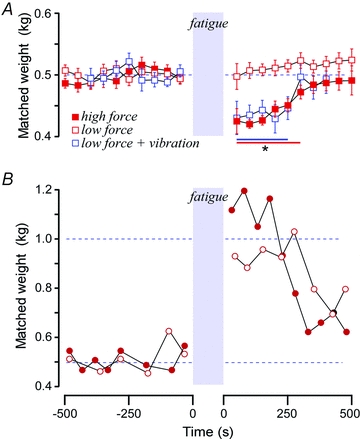Figure 2. Effects of muscle fatigue on weight perception.

A, weights selected to match 500 g lifted with the reference thumb before (left) and after (right) fatiguing the reference muscle until its force was reduced to 40% of the initial MVC level. Data are means ±SEM (n = 16, and n = 10 for the vibration data). After the high-force fatigue (filled red squares) subjects indicated that the reference weight felt lighter and this recovered over several minutes. After low-force fatigue (open red squares) to the same level of 40% maximal force output, they indicated that the weight felt the same as that lifted by the non-fatigued arm. After the same low-force fatigue but with strong vibration of the muscle tendon (open blue squares), they indicated that the reference weight felt lighter as it had with the high-force fatigue. *P < 0.05 from baseline by ANOVA. B, weights selected by two deafferented subjects after fatiguing the reference side to 50% of the maximal force level. Subject IW (filled circles) made a high-force fatiguing contraction of the thumb flexors and subject K (open circles) made a sustained 50% maximal contraction until he could not hold it. For these subjects, halving strength caused the reference weight to feel approximately twice as heavy.
